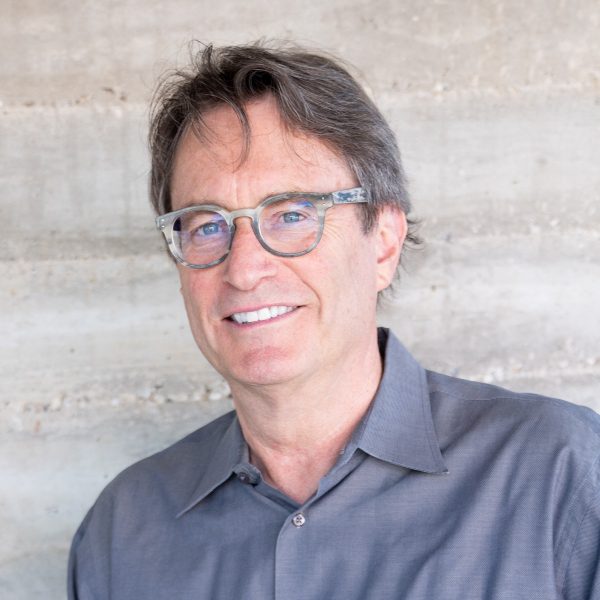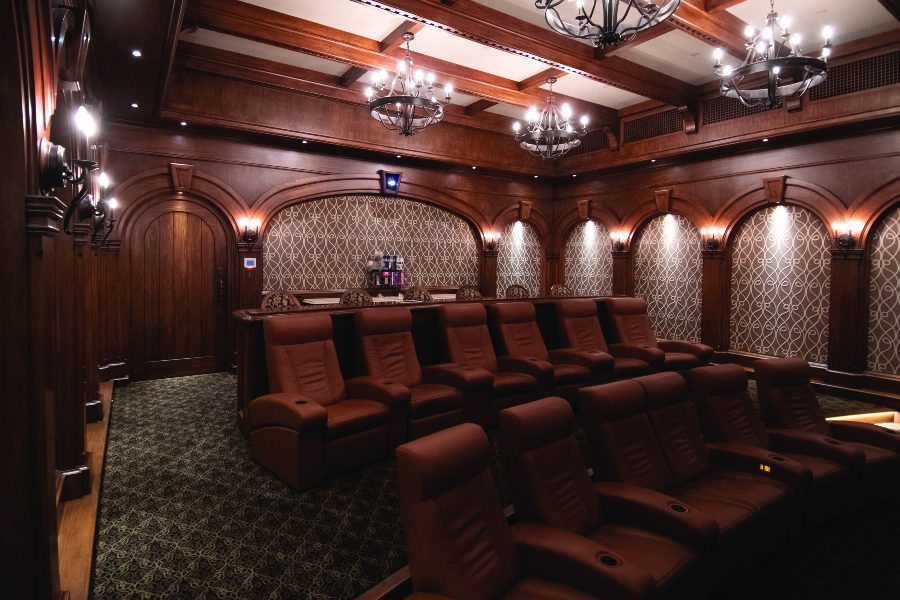Designer: Keith Yates | Keith Yates Design/KYD

Location: Auburn, Calif.
Website: keithyates.com
Years designing theaters: 35
Number of theaters designed: 300+
Services provided: Organization and development of theater-specific architectural, acoustic, MEP, AV, interior etc. specifications within the standard six-stage architectural sequence, pre-design, schematic design, design development, technical design, construction drawings, and construction admin (CA).
The last of these the — CA phase — is especially critical to achieving the final measured performance targets we set at the outset of every project. CA includes:
- Coordinating with the architect, AV integrator, interior designer, owner’s rep, MEP team etc.
- Coaching the GC and/or his subcontractors as required
- Training, testing and certifying the AV integrator if/as appropriate
- Testing noise, vibration, acoustics, speech intelligibility, bass/modal behavior etc. at key phases of the room’s build-out
- Post-handover support via KYD’s StayTuned service
What makes your service and your designs unique: First, we’re proud of our creative contribution and interaction throughout the design process. We don’t steer clients to some trademark look and feel we’re known for. The final room design may look sleek or rustic, traditional or futuristic, or just flow with the design vocabulary of the rest of the home, whatever resonates with the homeowner.
We see the room as much more than a big box full of comfy seats and state-of-the-art equipment, we see it as a purpose-built machine for transporting passengers — the audience — to some other time and place. Our goal is not to put our clients in a movie theater, it’s to put them in the movie. It’s not about what’s on the walls, floor, and ceiling, it’s about what’s on the screen and in the air — the sound and the palpability when the lights are off.
Do you have a signature design: We’re probably best known for the Hahn Theater in Connecticut, declared “Theater of the Decade” by AVS Forum, the world’s largest internet forum for AV enthusiasts. The project also included a dedicated listening room, which was KYD’s 10th Black Label project.

What are the biggest mistakes you see integrators make when doing their own theater designs: We get asked about a lot of specific issues, most of which fall into a few basic categories. Chief among them is the “Lights-On” problem: Seeing the design task as being mainly about getting a cool looking and cool feeling room, full of prestigious equipment.
What makes a theater a success is the extent to which it creates memorable lights-off experiences. The homeowner doesn’t see the brands: The rack is in another room, the speakers are behind the screen and/or concealed behind fabric, so fetishizing gear that looks impressive or just got a good review wouldn’t appear to make much sense.
The Rad-Pat problem: Picking speakers whose core radiation patterns are physically incapable of “landing” cleanly at every audience head location. (It’s all there if you dig into the speaker’s rad-pat files.)
The Treatment problem: Hoping/assuming that attaching 2-3 inches of absorptive/reflective/diffusive panels on the walls and ceiling will solve the room’s broadband acoustic problems. It won’t. Physics dictates it’ll take 4-8 inches to do an OK job, a foot or two to do a really good job, and more to do a great job. The space for such treatments needs to be set aside when the project is still in the “napkin CAD” stage.
What is the key to great dedicated theater design: There are many keys. Here are two:
Start closing your eyes and imagining what an ideal lights-off, you-are-there experience might be like: You enter a dark room. The air is noticeably fresh and clean. It’s dead-quiet, but sonically it seems to subtly “glow” all around and above you, even in the inky black silence. When you finally turn the lights on, you’re surprised, and think, “Wow, the room sounds even bigger, airier and more spacious than it really is. Amazing!” If you think about it long enough, you’ll know what you need to do differently. Try it.







